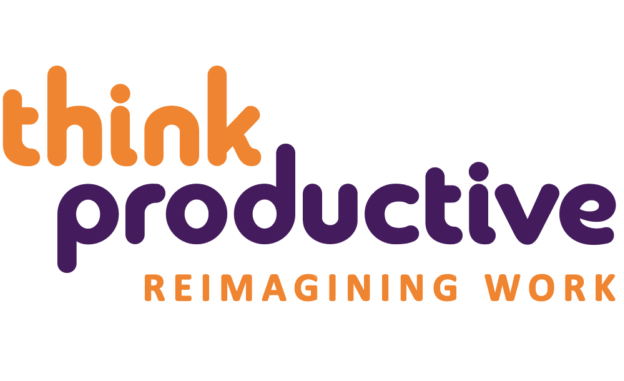Use Scrum to Increase Productivity
Within most organizations, the structure is more or less the same: there are a handful of must-do components, all of which are interwoven to create company processes and procedures. But the Scrum method, which is part of an agile working concept, aims to flip that norm on its ear. Instead, the teams become the focus, and those mandatory projects and tasks come to them. Here’s how to use Scrum to increase productivity:

This structural shift has plenty of benefits for the organizations that implement it. For one thing, managers can use Scrum to boost productivity — both their own and that of their team. Here are three ways you can do the same.
Give Teams Self-Control
The traditional business model might have company processes dictate how each team completes its given tasks. Even if a procedure becomes convoluted, employees follow it because that’s “how things have always been done”.
The Scrum model and as it happens, Productivity Ninja Unorthodoxy, rejects this idea— instead, teams come up with their own plan of action. Rather than receiving commands from managers uninvolved with their team, they can choose how to tackle each unique project, and they’re trusted to do so. After all, they know how to get to the end goal — it’s their job.
It’s relevance is that what is important is the end result. It doesn’t matter if you use the conventional route to get there or find an easier path. Be willing to question everything. Challenge the existing organizational culture and status quo. Ask the provocative questions. Break the unwritten rules. Do it differently; shake things up.
This type of trust and openess to innovation only inspires employees to work smarter and to streamline their processes. Having an outside voice or an overarching structure that dictate how everything is done can be frustrating, especially for innovative employees who come up with shortcuts of their own. So, managers should give their teams the freedom to create new methods for completing each project — and they’ll return the favor by working smarter, being productive and finishing the jobs/projects at hand.

Build Stronger Working Relationships
In some companies, a big project means managers throw together temporary teams to complete the task. At the end of it, they have a group of people who work well together, but then, they’re sent back to solo work or separate teams. Putting staffers on different, short-lived, collaborative projects all the time is associated with lower productivity. Plus, teams under this much pressure feel unhappy, according to Scrum co-creator JJ Sutherland.
The Scrum model avoids these productive highs and lows by creating teams that work well together and continue to do so. Over time, employees learn how best to collaborate and communicate with each other — this makes them better co-workers who are more productive, too. Once they’ve found their flow, the team won’t break up, thus contributing to even quicker and better output for months and years to come.

Focus on Your Managerial Role
Team members can get a lot from a Scrum-inspired structure, but managers tend to thrive when they’re not in charge of putting the right people on projects as they come through the pipeline.
With a permanent team that’s adaptable to any project, a manager can focus more on their responsibilities. They can coach their team members to reach their peak potential. They can arm them with skills that will further streamline and improve their processes. Plus, they can provide more feedback, which helps employees to thrive, as they progress in highlighted areas.
Without the time for these types of conversations, though, employee development falls by the wayside, and employee dissatisfaction increases. Staffers who are unhappy are less likely to reach their productivity goals.

Scrum = Productivity
The Scrum model takes time to implement — the transition can take a few months as employees shift from a project-based focused to a team-centric structure. But the effort will pay off in dividends. Not only will you have happier teams, but you’ll have a more productive, successful business. And, ultimately, that’s exactly what most managers want to achieve.
By Sarah Landrum
Sarah is a career expert and productivity guru.
Implementing the Scrum methodology is a great start to boost your team’s productivity, but sometimes that won’t be enough. That’s OK! You have come to the right place. Our time management workshops can help your team feel less stressed, achieve more, hold more productive meetings, send better emails and come up with more creative and innovative ideas.
